Letter to the River
Like the Veins of the Earth
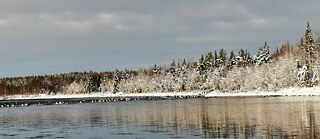
What is it like to grow up next to and live your life in harmony with the river? And how is it changing today? Artist and writer, Tanja Koistinen, has been watching the river in various locations during the summer and wrote a letter.
By Tanja Koistinen
Dear River, Joki, Johka, Juuhâ
There has been a lot of talking about you and acting at your expense during the crises of pollution, livelihoods, forest fires, energy and floods. You are like the veins of the earth, roads of the water that our planet mostly exists on. You are a form of energy, movement and freedom.Thank you for your hospitality during the summer in the Inari area, Sapmi in Finland.
I already miss your stream, stones and the white water and your rapids that look like hair.
Thank you specifically to Gámasjohka, for your soft round stones, where it's easy to walk to take a bath, to you Juvduujuuhâ for the only trout I got to eat this summer, Kettujoki for the endless nightless night rowings and a three kilogramme pike and Kessijoki for the silence. Thank you Nellimjoki, for bringing more water to Inari lake.
There are many things humans need from you. We need you to take us from place to place, we need you to bring us fresh water and fresh fish. We need your movement to convert to energy which we can transport ourselves or to warm our houses and charge batteries for electric cars. We need you to filter our leaked oil and, well, our waste. We need you to be there so we can learn our culture and keep it alive for future generations.
Like every spring in Paatsjoki, Sapmi in Finland and Russia, the water of the Lake Inari is so low that my father starts the day by swearing that, on the other side of the border, they don't let water out from the dams. And in Neiden, Sapmi in Norway, for example, fishing in the river is prohibited because of the lack of water in the river. The water is low because of the hot and dry summer and people controlling and regulating the water for energy production.
How Can a River Be Closed?
And happening also, people say they shut down River Deatnu (Sapmi, Finland). I was wondering, how can a river be closed? They say they protect your salmon but I was also wondering, as the source of eternal livelihood of the local Sámi people, what are they going to do now, and were they listened to when those decisions were made?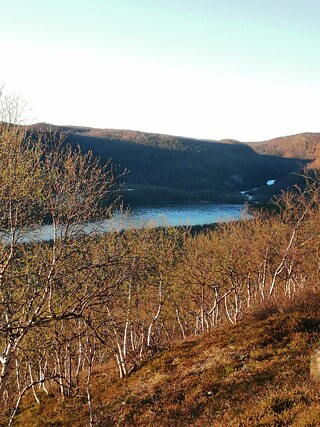
I heard of one artist that was opposing the building of one more energy dam in River Kemijoki, Sierilä, Rovaniemi in Finland got a big bill, 20,000 euro, from the people with power because of his art piece that was on the property of the power company.
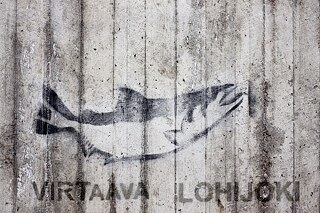
There Are Many Things Humans Need from You, River
I also heard this old rural legend about River Ounasjoki from the local elderly. Ounasjoki is a river that melts together with Kemijoki just in Rovaniemi, the town I call my hometown. It’s a free flowing river with no power dams. The road along the river from village to village is in terrible condition. Our car dropped its register licence and extra lights while driving there. They say that the road is not being fixed because it’s revenge for opposing the damming of the river. “I don't know if that it’s true”, the elderly said, “but it sure starts to feel like it.”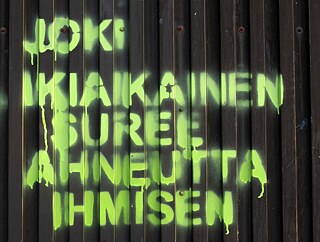
Also, the endangered fish, sea trout, is using this river as a spawning river. The river flows through a nature area, where people see the value of it. It's called the national park area. Yet it’s still not enough to ensure the value of your flow is recognised enough to not be polluted with mining waste water.
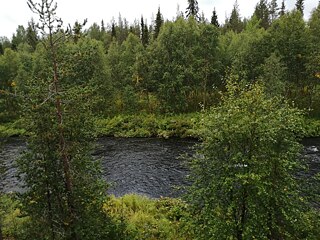
No shape without the river
No lines without the stream
No round stones without the rapid
No rapids without the stones
No water without snow
No fish without freedom
No culture without the river
Truly yours,
Tanja